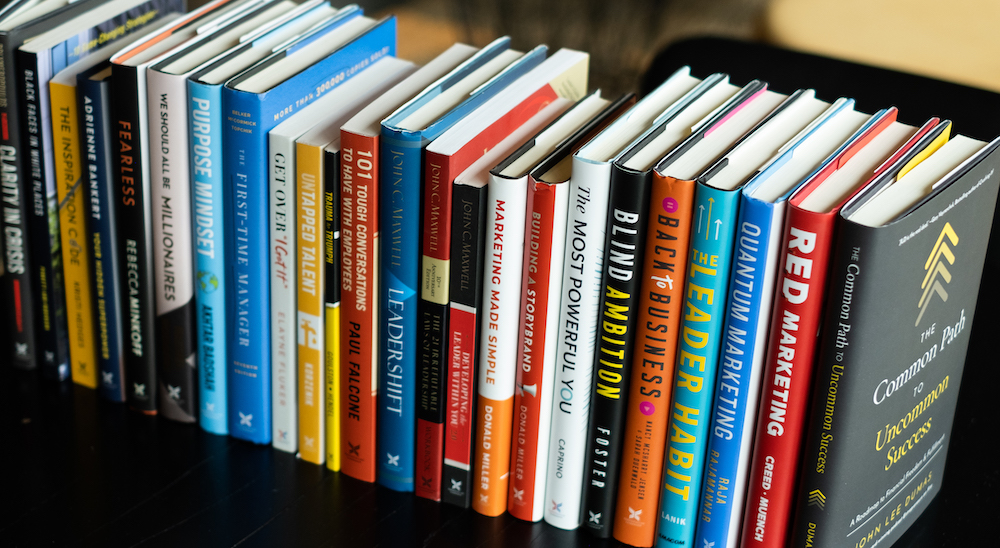HarperCollins Leadership publishes content from leaders who redefine or expand what a reader previously thought possible.
Our authors provide unique inspiration and experiences to those who seek to learn, make a difference, and find their own version of success.

Originally published by the American Management Association International (AMA), AMACOM became a sub-imprint of HarperCollins Leadership in 2018.
AMACOM is best known for its practical resources for specialized skills like HR, sales, project management, and many more, as well as general career and management advice to help you succeed at work and grow in your career.
HarperCollins Leadership Essentials is our partner website where you can purchase books directly from HarperCollins, plus get access to special discounts, additional resources, and e-courses.
BookClub Inc, the enterprise learning platform that up-levels team performance, has partnered with HarperCollins Leadership to provide better access to world-class content and resources to teams and individuals, enabling them to perform at the highest level possible.






